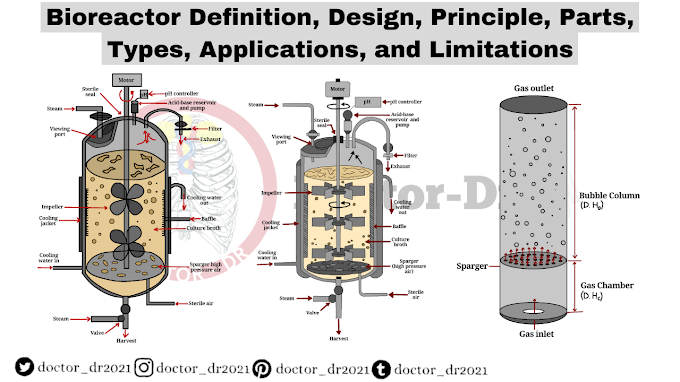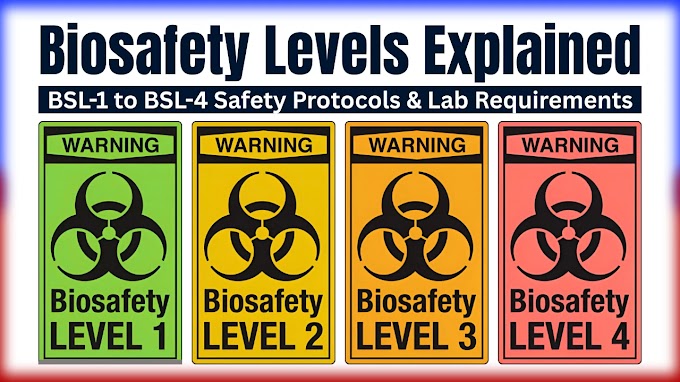Table of Contents
- Introduction to Modified Hodge Test (MHT)
- Objectives of Modified Hodge Test (MHT)
- Principle of Modified Hodge Test (MHT)
- Requirements for Modified Hodge Test (MHT)
- Procedure of Modified Hodge Test (MHT)
- Observation of Modified Hodge Test (MHT)
- Result Interpretation of Modified Hodge Test (MHT)
- Advantages
- Limitations
Introduction to Modified Hodge Test (MHT)
- The Modified Hodge Test (MHT) is a phenotypic method used in clinical laboratories to detect carbapenemase production by isolated pathogens.
- It is a reliable method for confirming that carbapenem resistance in isolated bacterial pathogens is associated with carbapenemase production.
- Initially used for detecting carbapenemase in Enterobacteriaceae for epidemiological or clinical purposes, it has also been applied to other suspected Gram-negative bacteria.
- Since 2018, the Clinical and Laboratory Standard Institute (CLSI) has deemed MHT as “No Longer Reliable Phenotypic Method For Carbapenemase Screening” and recommends using alternative tests like the CarbaNP test and mCIM test.
- Despite this, the requirements for MHT are easily accessible and more affordable than other tests, leading several small clinical laboratories, particularly in developing countries, to continue using it for detecting carbapenemase enzymes.
Objectives of Modified Hodge Test (MHT)
- To detect carbapenemase production.
- To determine if carbapenem resistance is due to carbapenemase production or other mechanisms.
Principle of Modified Hodge Test (MHT)
- The Modified Hodge Test (MHT) is based on the principle that the carbapenemase enzyme produced by the test organism hydrolyzes the carbapenem antibiotic, leading to enhanced growth of carbapenem-susceptible E. coli.
- If the test organism produces carbapenemase, it will hydrolyze the diffused antibiotic near the streaked lines.
- This hydrolysis allows E. coli to grow in areas that would otherwise be inhibited by the antibiotic.
- The result is an indented growth pattern of E. coli and the test organism within the zone of inhibition, forming a clover leaf-like pattern.
Requirements for Modified Hodge Test (MHT)
- Carbapenem sensitive E. coli: E. coli ATCC 25922 strain
- Mueller Hinton Agar (MHA) Plates
- Test bacteria
- Control Bacteria:
- Positive Control: Klebsiella pneumoniae ATCC BAA-1705 (MHT Positive)
- Negative Control: Klebsiella pneumoniae ATCC BAA-1706 (MHT Negative)
- Carbapenem antibiotic disc: 10 mcg Etrapenem or Meropenem disc
- Cotton swab or bent glass rod (Dolly rod) and inoculating loop
- Other general requirements: Bunsen burner, sterile saline water (or broth), 0.5 McFarland standards, forceps, spirit, etc.
Procedure of Modified Hodge Test (MHT)
- Prepare a 0.5 McFarland standard suspension of E. coli ATCC 25922 (or another E. coli strain sensitive to carbapenem).
- Dilute the suspension with sterile saline or broth in a 1:10 ratio (e.g., add 0.5 mL of the suspension to 4.5 mL of saline or broth).
- Uniformly streak or spread the diluted E. coli suspension on a sterile MHA plate as done during a usual antimicrobial sensitivity test, then allow it to dry for about 3–10 minutes.
- Place a 10 mcg Meropenem or Etrapenem disc at the center of the inoculated MHA plate.
- Note: No more than one disc is recommended for a 10 cm Petri plate, and no more than four discs for a 15 cm Petri plate, as per CLSI guidelines.
- Using a sterile inoculating loop or swab, pick 3-5 colonies of freshly cultured test organisms and streak from the edge of the disc to the edge of the plate in a straight line.
- Note: No more than one test organism and two control strains are recommended for a 10 cm Petri plate, and no more than six test organisms and two control strains for a 15 cm Petri plate, as per CLSI guidelines.
- The length of the streak should be at least 20–25 mm.
- Incubate the plate at 35(±2)°C for 16–24 hours in ambient air.
Observation of Modified Hodge Test (MHT)
- Following incubation, observe for enhanced growth of E. coli.
- Look for the formation of clover leaf-like indentation at the intersection of the test organism's streak (and controls, if used) and the zone of inhibition of E. coli.
The Modified Hodge Test (MHT) involves spreading a susceptible lawn of E. coli across a plate with a meropenem disk. Positive controls, negative controls, and test strains are streaked across the expected zone of inhibition. Diffusible carbapenemases protect otherwise susceptible E. coli from being killed, resulting in an indentation in the zone of inhibition. A limitation of the MHT is that these indentations can sometimes be difficult to interpret.
Result Interpretation of Modified Hodge Test (MHT)
- Enhanced Growth (formation of clover leaf-like pattern): Positive result indicating carbapenemase production.
- No Enhanced Growth (no formation of clover leaf-like pattern): Negative result indicating no carbapenemase production.
- K. pneumoniae ATCC BAA-1705: Will show enhanced growth of E. coli, forming a clover leaf-like pattern.
- K. pneumoniae ATCC BAA-1706: Will not show enhanced growth of E. coli.
Advantages
- Simple and easy to perform.
- Does not require expensive resources.
- Can be implemented by smaller laboratories and institutes.
Limitations
- Organisms producing extended-spectrum β-lactamase (ESBL) and AmpC β-lactamase enzymes may yield false positive results.
- Some test organisms produce metabolites that inhibit E. coli growth.
- Does not detect all carbapenemase production, often leading to false negative results (research shows about 25–30% false negatives).
- Requires a longer incubation time.











